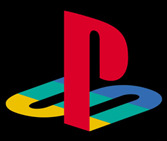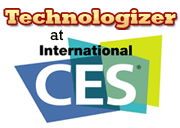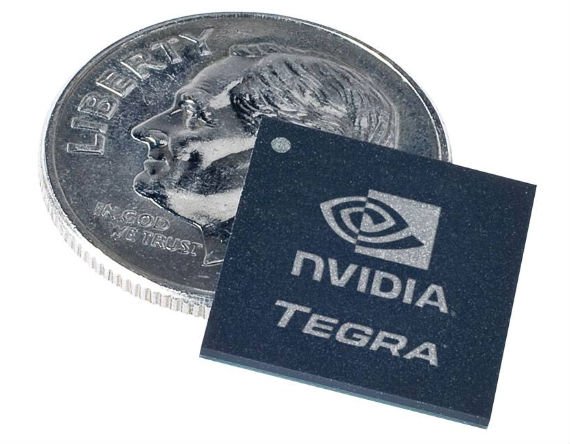[A NOTE FROM HARRY: Here’s a post by Mari Silbey, one of Dave Zatz’s Zatz Not Funny colleagues. We’ll be borrowing some of her ZNF items along with Dave’s–welcome Mari!]
 We have yet to hit the holiday shopping season, so you know there will still be plenty of gadget goodness before the year ends. However, there’s also some new behind-the-scenes tech to get excited about in 2009. Here are four enabling technologies to watch out for in the next four months. This tech may not be sexy, but it’s guaranteed to make those shiny gadget toys work better, smarter, faster.
We have yet to hit the holiday shopping season, so you know there will still be plenty of gadget goodness before the year ends. However, there’s also some new behind-the-scenes tech to get excited about in 2009. Here are four enabling technologies to watch out for in the next four months. This tech may not be sexy, but it’s guaranteed to make those shiny gadget toys work better, smarter, faster.
NVIDIA ION Chipset
Since my netbook is clearly not cutting it for a lot of video playback, I’m psyched about new processors making their way into netbooks and small laptops in Q4. Most likely to actually hit the commercial market this year is the NVIDIA ION chipset, which is said to boost graphics power significantly in any Intel-Atom-powered device. According to Brad Linder over at Lilliputing (also heard as afternoon anchor on my local NPR station), two major manufacturers, Lenovo and Samsung, are planning to ship ION-powered laptops in the last few months of the year. And, Brad speculates that the upcoming Nokia netbook, the Booklet 3G, may also sport NVIDIA ION graphics. More info to come at Nokia World on September 2nd.
USB 3.0
If you’re into transferring a lot of media between devices, then the launch of USB 3.0 is right up your alley. Unlike USB 2.0, which transfers data at a rate of 480 Mbps, USB 3.0 boasts a whopping transfer speed of 4.8 Gbps. That’s not just good for moving HD video around, it’s also perfect for large back-up operations to an external hard drive. According to Stacey Higginbotham at GigaOM, USB 3.0 will start shipping to device-makers this year, with consumer availability soon to follow.
WiMAX
I know, I know, it’s cool to be down on WiMAX these days, but I’m still excited for it to spread to more cities (including my own Philadelphia) this year. Partly I’m excited about the higher speeds for mobile broadband, but partly I’m excited because of the different pricing options compared to existing 3G services. For example, my employer is unlikely to subsidize mobile broadband at $60 per month, but a $10 day pass is a good bet for reimbursement. Perfect for conferences, and other places where Wi-Fi tends to be lacking. Even an unlimited mobile contract is said to be only $50 per month. (See pricing coverage from Paul Kapustka at Sidecut Reports) That’s a better price and a faster connection.
Upstream Channel Bonding
And while we’re on the subject of broadband speeds, here’s an obscure one: upstream channel bonding. Channel bonding is what’s making it possible for cable operators to offer peak DOCSIS 3.0 speedsof 50-100 Mbps in some markets. To date we’ve only seen downstream channel bonding in the US, but upstream channel bonding is on its way. Karl Bode at Broadband Reports wrote earlier this month that Comcast is exploring upstream DOCSIS 3.0 trials this year, with upstream speeds maxing out at 120 Mbps.
 When Sony announced its next-generation portable gaming device in January, it also took out an insurance policy with Playstation Suite, a gaming service for Android smartphones.
When Sony announced its next-generation portable gaming device in January, it also took out an insurance policy with Playstation Suite, a gaming service for Android smartphones.
 AMD thinks the best way to assemble a stereoscopic 3D PC gaming rig is to pick all the parts yourself.
AMD thinks the best way to assemble a stereoscopic 3D PC gaming rig is to pick all the parts yourself.


 As with any hot gaming rumor, I’m compelled to write about the
As with any hot gaming rumor, I’m compelled to write about the  We have yet to hit the holiday shopping season, so you know there will still be plenty of gadget goodness before the year ends. However, there’s also some new behind-the-scenes tech to get excited about in 2009. Here are four enabling technologies to watch out for in the next four months. This tech may not be sexy, but it’s guaranteed to make those shiny gadget toys work better, smarter, faster.
We have yet to hit the holiday shopping season, so you know there will still be plenty of gadget goodness before the year ends. However, there’s also some new behind-the-scenes tech to get excited about in 2009. Here are four enabling technologies to watch out for in the next four months. This tech may not be sexy, but it’s guaranteed to make those shiny gadget toys work better, smarter, faster.